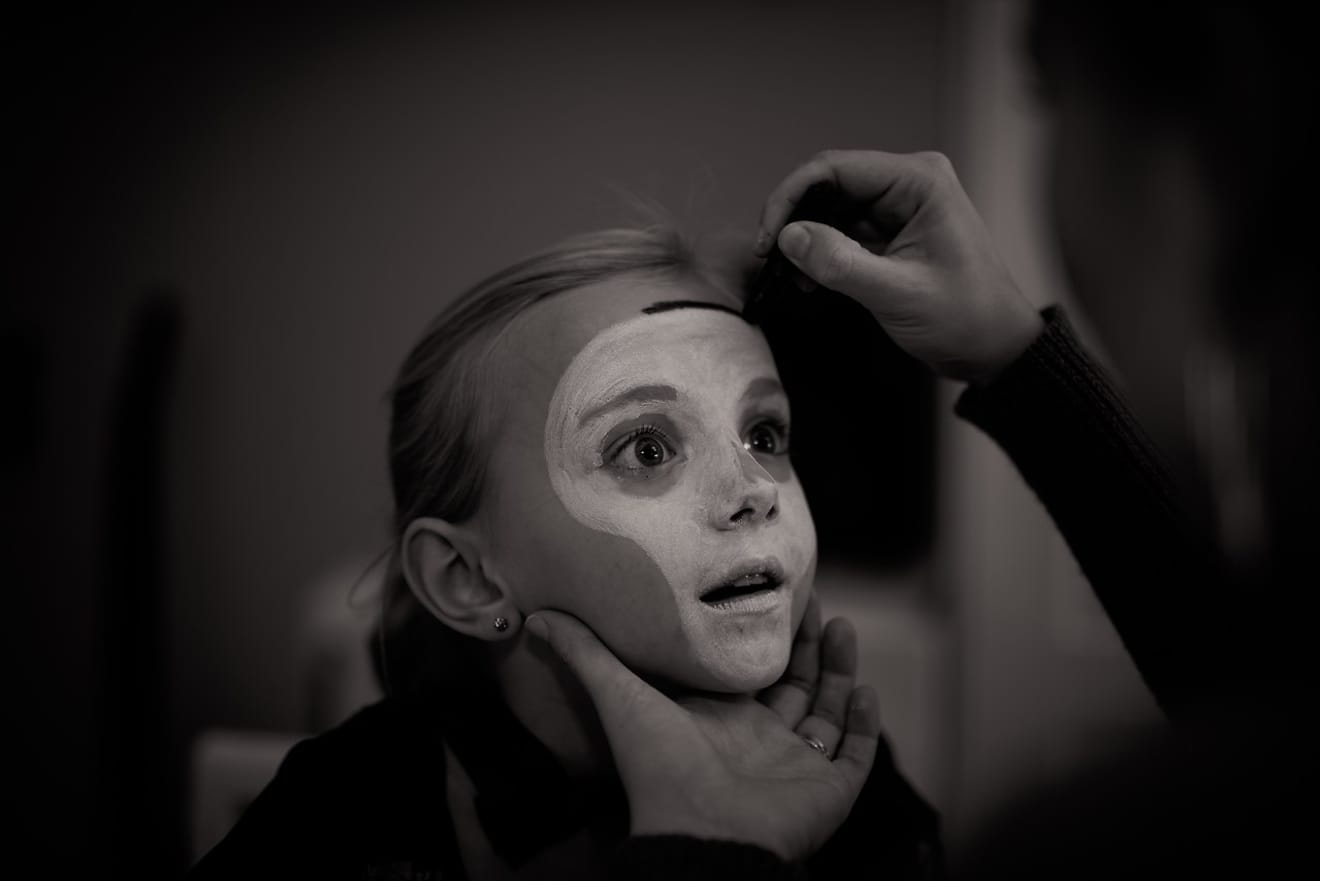A video capturing the sighs of Apple fans at the unveiling of the price for the Apple Vision Pro, Apple's mixed reality (MR) headset in June, went viral. This new Apple product, priced at nearly 5 million won (approximately $3,700 USD) and resembling ski goggles, elicits both inexplicable anticipation given Apple's past technological achievements and hesitation in the face of more fundamental questions that have arisen from existing products in the field.
**Do I really want to wear this?**
The technologically integrated 'wearables' we see today originated from science fiction imaginings of humanity in the late 20th century. The idea of augmenting human senses and abilities, driven by the two World Wars and the discourse on eugenics, manifested in depictions of superheroes with enhanced strength and speed in popular culture. However, the essence of wearables lies in the relationship with the world that they enable, that is, the motivation. Armor that served to maintain body temperature and reduce the impact of external attacks on the battlefield, clothing and accessories as tools for enhancing the chances of species propagation and social selection, and costumes and attire chosen to signify membership in a particular community were all, at a more fundamental level, functions of wearables.

Particularly, it's crucial to acknowledge the extraordinarily high level of meticulous design required for the human head. Passport photos where ears are visible, headshots used for Twitter profile pictures, the diverse array of women's bangs styles, and the subtle styles and expressions conveyed through earrings, piercings, and necklaces all serve as evidence that the head and face in reality carry immense symbolic value. However, the opaque vision visible from the outside when wearing the Vision Pro makes it difficult to see the other person's eyes, a tool for intimacy and attention, and signals to the outside world that the wearer is focused on an immediate task, similar to the implication of wearing a magnifying glass.
Therefore, for wearable technology to truly function within people's everyday life systems, it must acknowledge its potential as a gateway into this system of symbolic values and reassess the more fundamental role of wearables to discover future opportunities.
Italian theorist Leopoldiana Fortunati argues that mobile phones have attempted to infiltrate the world of fashion and accessories, and the most successful strategy has been the so-called 'transformation into a soft machine' that can be decorated with soft leather or stickers and stored in a trouser pocket or handbag. In other words, the widespread adoption of smartphones can be attributed to their ability to be seamlessly integrated into a user's self-expression by being optionally inconspicuous. Applying this to the current discussion, we can consider the following questions: Can we suggest ways to make bulky accessories like the Vision Pro headset a stylish statement? Or is there a way to easily conceal the headset in a shoulder bag while maintaining one's style? This is an issue that arises not from an industrial design perspective but from the world of fashion, taking social relationships into consideration.

Furthermore, we can find clues from an anthropological perspective that views the practice of using masks or facial adornments as opportunities for conscious transformation. The camouflage cream that soldiers apply before participating in training, and makeup for Halloween parties, symbolize the enhancement of the meaning of relationships and joining a specific community by concealing or reconstructing the face. Therefore, the opportunity for head-worn wearables lies in the ability to leverage the appropriate type of transformation at the appropriate time. There are many opportunities to apply this across everyday life, such as embodying a dragon when playing with children, or helping someone realize what it feels like to become a certain persona when wearing a new outfit, thereby enhancing the meaning of relationships with others while wearing a wearable.
Until now, the industry discourse seems to suggest that the digital nature of so-called new wearable technologies, as seen through the screens of the worn device, inherently creates a new relationship with the world. However, wearables are best defined not as a new category in themselves, but as added functionalities within the pre-existing historical and cultural norms of clothing, accessories, jewelry, sports, and medical devices. Therefore, wearable products need to provide powerful socially acceptable symbolic meaning. In other words, instead of replacing bodily functions, there is an opportunity for success in seamlessly integrating technology into the symbolic world that our bodies wear.
*This article is the original content published in the Electronic Times Column on July 24, 2023.*
References
Comments0